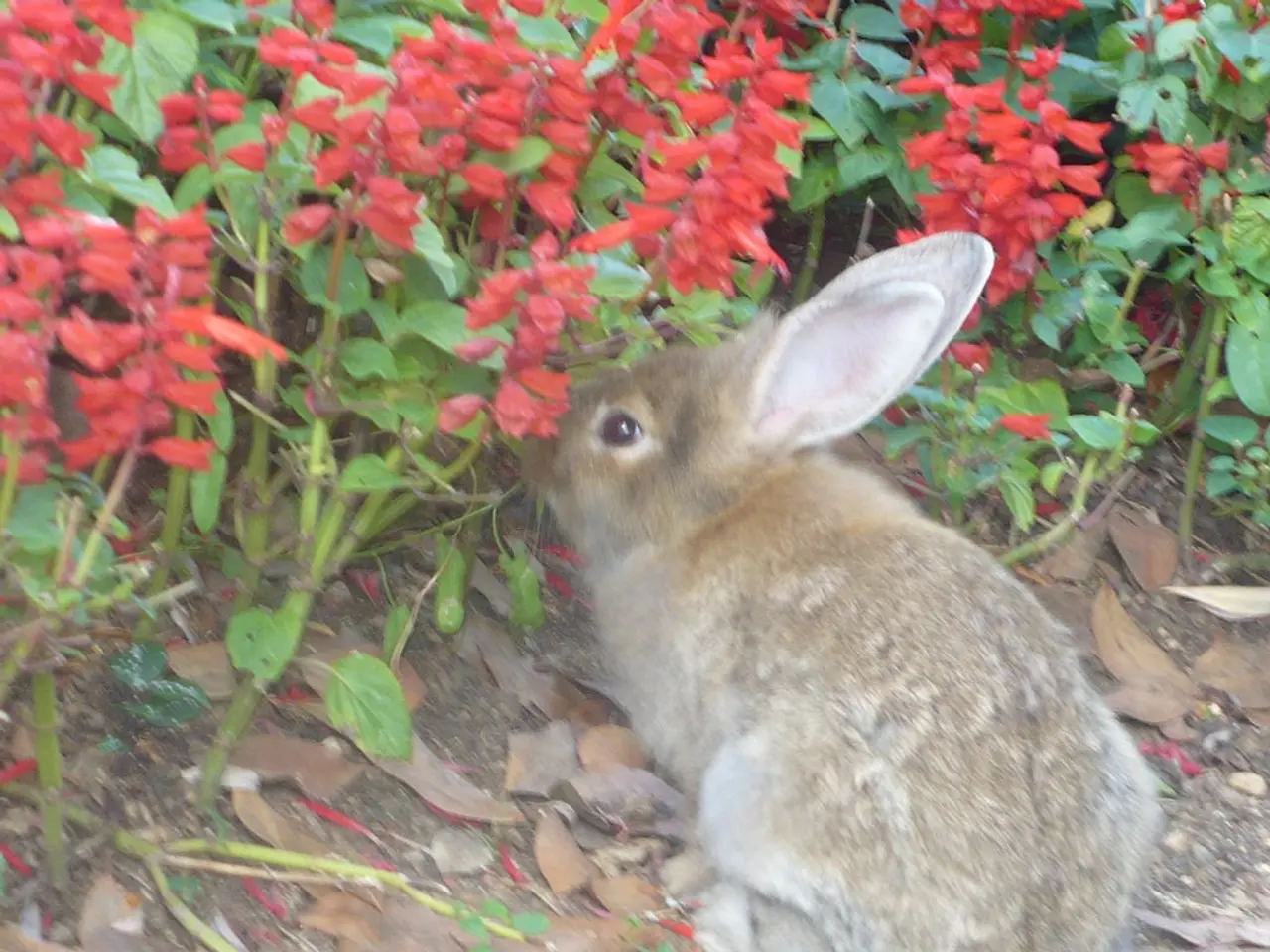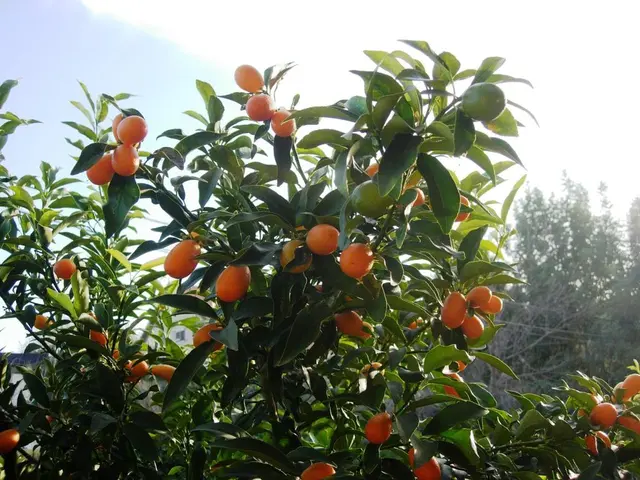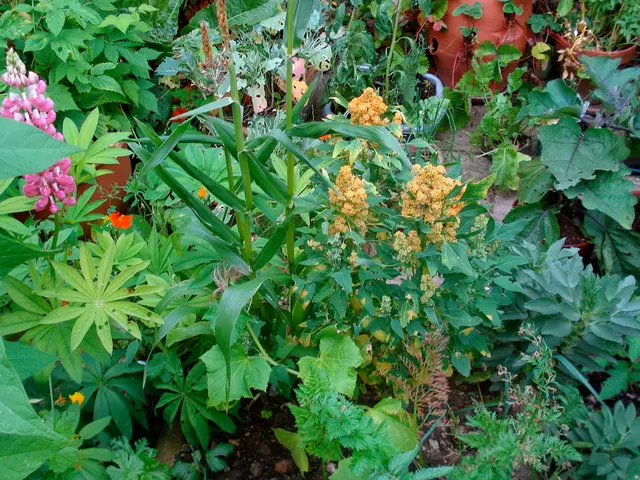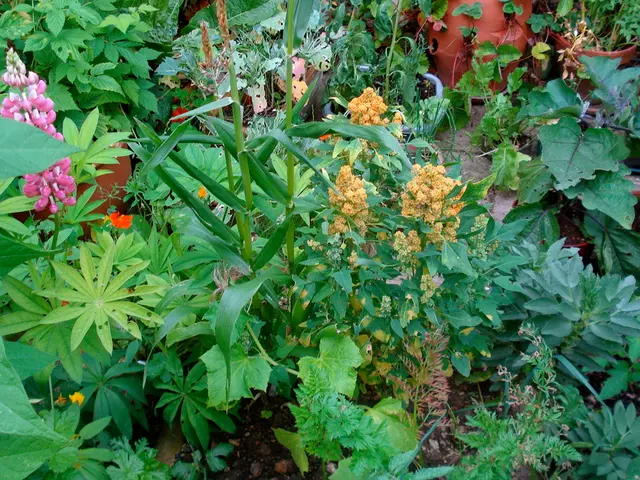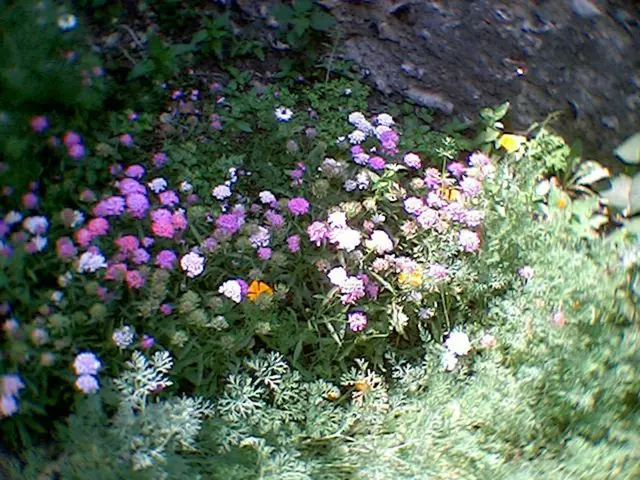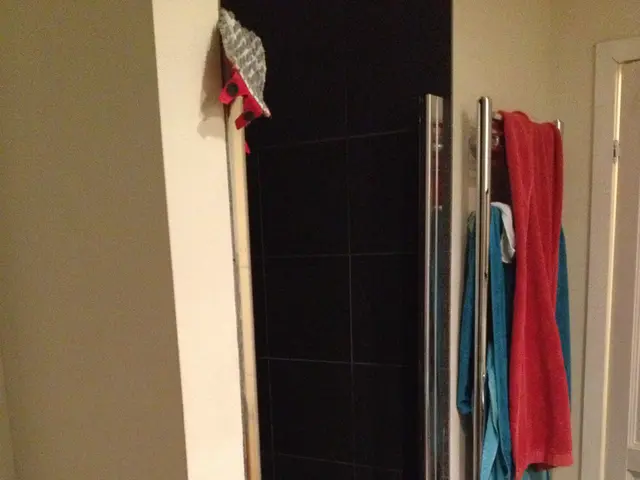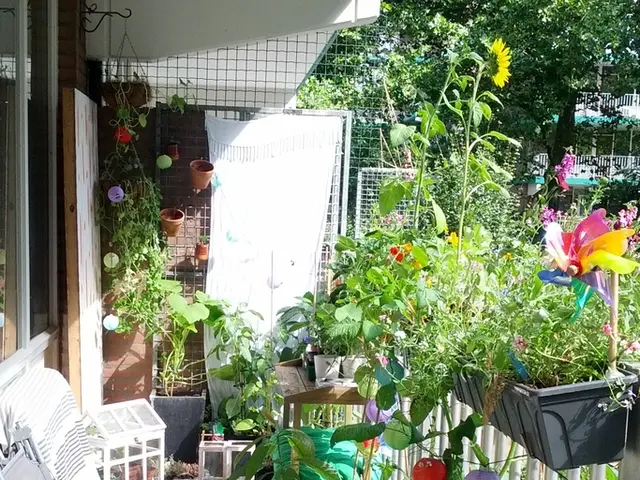Cultivating Rabbitbrush for Native Hues: Nurturing Pollinator-Attracting Chamisa Shrubs
In a water-wise garden, the Rubber Rabbitbrush (Ericameria nauseosa) is an ideal choice for its drought tolerance and low maintenance requirements. This hardy perennial shrub, related to sagebrush, is native to much of the western United States and thrives in warm, dry conditions across plains and foothills [1].
Lighting Conditions:
Rubber Rabbitbrush thrives in full sun, receiving direct sunlight throughout the day, which supports its healthy growth and vibrant golden flowers [1]. It is well-suited for growing at higher elevations and prefers low humidity [2].
Temperature and Hardiness:
The plant is hardy in USDA zones 4 to 9, tolerating a range of climates from relatively cold to warm [1]. While evergreen in warmer zones, it may shed leaves in colder zones [1]. It is well adapted to dry environments and cooler slopes but prefers warmer, sun-exposed locations for best performance [4].
Watering Needs:
Rubber Rabbitbrush is highly drought-tolerant and requires low water once established. Frequent watering is unnecessary and may cause the plant to become floppy, so minimal irrigation is recommended [1]. It grows best under neglect in terms of watering, fitting perfectly into water-wise landscaping [1].
Soil and Compost Preferences:
Prefers well-drained soils such as clay, sandy, or loam. Good drainage is critical to avoid root rot and maintain plant health [1]. It adapts well to various soil pH levels but thrives in soils that do not retain excessive moisture [1].
Fertilizing:
No specific fertilizing requirements are noted, and because it grows well under low-nutrient conditions, heavy fertilization is generally unnecessary. Compost or light organic matter can be added when planting to give a nutrient boost but is not critical [1].
Planting Time:
Although specific planting time is not explicitly provided in the sources, for perennials like Rubber Rabbitbrush, early spring or fall are typically ideal to allow root establishment before extreme weather conditions [5].
Pruning Techniques:
Yearly shearing or pruning is recommended to maintain shape and encourage healthy growth [1]. Pruning also prevents the plant from becoming overgrown and removes any dead or woody stems for better air circulation and aesthetics [2]. Shearing should be done in late winter or early spring before new growth starts but can also be done lightly during the growing season if needed [2].
Summary Table for Rubber Rabbitbrush Care:
| Aspect | Recommendation | |--------------------|---------------------------------------| | Light | Full sun | | Hardiness Zones | USDA 4 to 9 | | Temperature | Tolerates cold and warm; evergreen in mild climates | | Watering | Low; drought-tolerant, avoid overwatering | | Soil | Well-drained clay, sandy, or loam | | Fertilizing | Minimal; light compost optional | | Planting Time | Early spring or fall preferred | | Pruning | Annual shearing to maintain shape and vigor |
This plant is ideal for low-maintenance, water-wise gardens due to its drought tolerance, minimal irrigation needs, and adaptability to a range of soil types while providing bright, attractive yellow blooms from spring through fall [1][4].
In a home-and-garden setting, the Rubber Rabbitbrush (Ericameria nauseosa) is a suitable choice for homeowners seeking a low-maintenance, water-efficient plant for their home-and-garden lifestyle, as it thrives in full sun and well-drained soils while requiring minimal irrigation. This hardy perennial shrub prefers yearly pruning to maintain its shape and encourage healthy growth.
